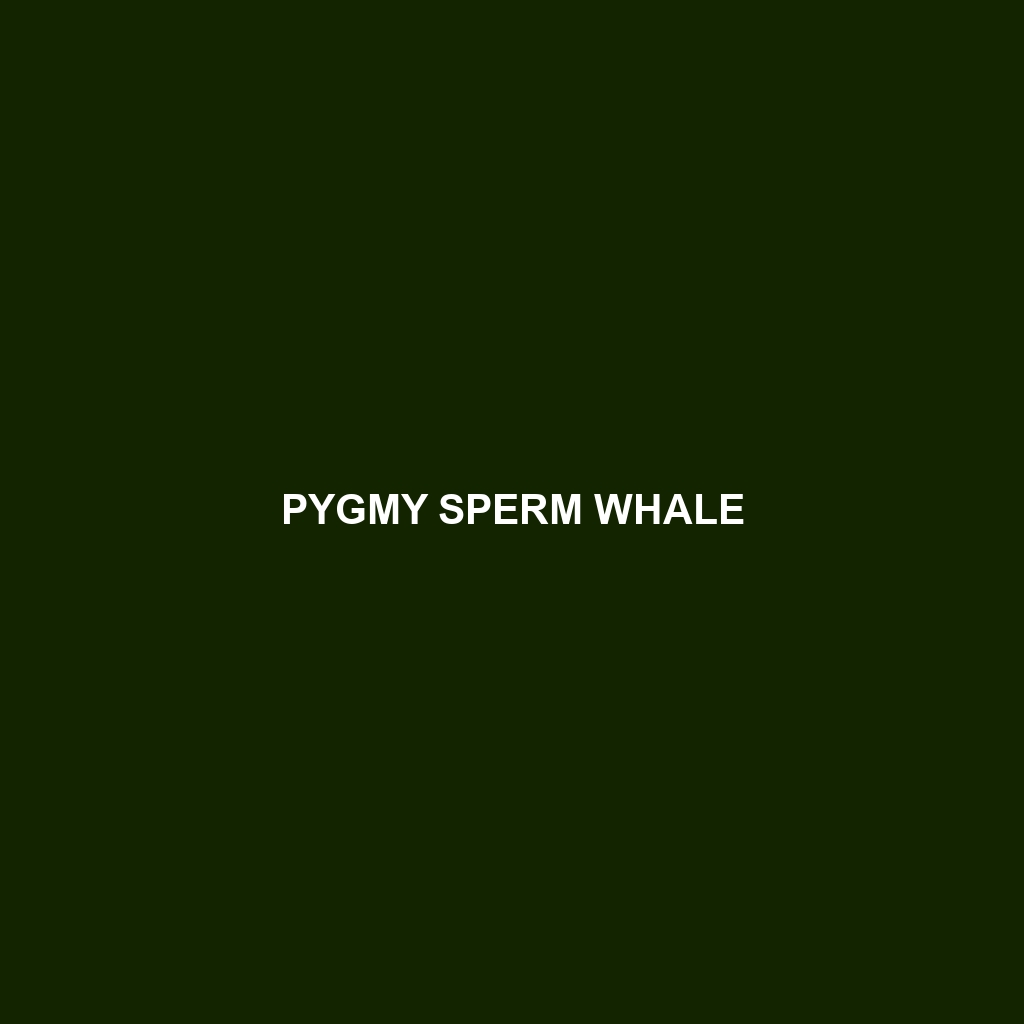Baiji (Yangtze River Dolphin)
Common Name: Baiji
Scientific Name: Lipotes vexillifer
Habitat
The Baiji, also known as the Yangtze River dolphin, primarily inhabits the Yangtze River in China. Historically, this species was found along the entire river, including lakes and tributaries. However, due to significant habitat destruction, pollution, and development projects, its range has dramatically decreased. Today, its habitat is confined almost exclusively to certain areas of the river where water quality remains relatively high.
Physical Characteristics
Baijis are medium-sized dolphins, measuring up to 2.5 meters (8.2 feet) in length. They typically weigh between 130 to 230 kg (290 to 510 lbs). The Baiji has a distinctive long, slender snout and a body that is mostly pinkish-gray in color, fading to a lighter shade on the underside. One of the unique features of the Baiji is its elongated dorsal fin, which is set far back on the body. Their streamlined shape allows them to navigate the shallow and turbid waters of the Yangtze River effectively.
Behavior
Baijis are known for being social and typically found in small groups, though they can also be solitary. They are predominantly diurnal, meaning they are most active during the day. Their behavior includes surfacing frequently for air and exhibiting playful actions, such as leaping from the water. They communicate through a series of clicks and whistles, which aids in navigation and social interaction, and they have been observed coordinating group movements while foraging.
Diet
The diet of the Baiji mainly consists of fish and crustaceans, with a preference for freshwater species found in the Yangtze River. Common food sources include various species of carp, catfish, and mollusks. Their feeding habits are adapted to riverine ecosystems, where they often hunt in murky waters using echolocation to locate prey efficiently.
Reproduction
Baijis reach sexual maturity around the age of 4 to 7 years. The breeding season typically occurs in the late spring to early summer. Female Baijis usually give birth to one calf every two to three years after a gestation period of approximately 10-11 months. The calves are born live, and maternal care includes nursing for up to a year, during which the mother provides protection and teaches the young dolphin crucial survival skills.
Conservation Status
The Baiji is currently listed as Critically Endangered on the IUCN Red List. The population has drastically declined due to habitat degradation, entanglement in fishing gear, and pollution, leading to its potential extinction. Conservation efforts are ongoing, with initiatives aimed at habitat restoration and protective regulations for the Yangtze River’s ecosystem.
Interesting Facts
1. The Baiji was one of the first species to be identified as vulnerable due to human activities, with efforts to study and document its population behavior starting as early as the 20th century.
2. The Baiji is often referred to as the “Goddess of the Yangtze” due to its cultural significance in Chinese history.
3. In 2007, it was declared functionally extinct after extensive surveys failed to locate a single individual, highlighting the urgent need for conservation efforts in the Yangtze River.
Role in Ecosystem
As a top predator in the freshwater ecosystem of the Yangtze River, the Baiji plays a crucial role in maintaining the balance of aquatic life. By preying on various fish species, it helps regulate fish populations and contributes to the health of the river’s biodiversity. The decline of the Baiji can lead to significant ecological imbalances, further impacting the overall health of the Yangtze River ecosystem.
